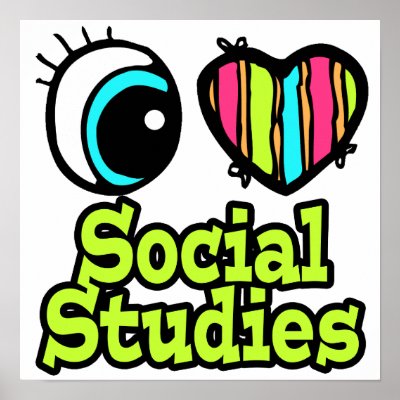ARTIFACT BAG
An artifact bag is
an activity used in the classroom for many specific reasons. An artifact bag
consists of about three to four items in a bag, that all lead to a particular
event, person or place due on a specific topic. An artifact is an object made
by a human being or an item with historical meaning to the particular object.
The purpose of this activity is for the students to learn about the American
Revolution by examining the artifacts given that are from the American
Revolution.
The students will
be completing this activity in inquiry-based instruction. This is a method of
teaching that combines the scientific method process and the development of critical
thinking while learning. I will refresh the students’ knowledge about
the
scientific method and how it is used in this activity. I will question the
students to see if they remember any of the steps of the scientific method. I
will follow up with reviewing each step with details and pictures, so the
students get the knowledge of each step in the inquiry method.
I will explain to
the students that they will be placed in groups. Students will be given ten
minutes to determine what each artifact means in each bag that will lead them
to their conclusion of a significant person or event that happened in the
American Revolution. The student’s will be filling out the
chart
provided to them. The chart consists of the students’ hypotheses, who, what,
when, where, how, why and the conclusion made from each artifact.
I will close the
lesson by having each group present their artifacts to their classmates. Each
group will come up showing their artifacts and chart that they discovered during
their research. I will conclude with a video about
Paul Revere. This video
will help the students learn more about what a significant person he was in the
American Revolution. After presenting their artifact bag, the students will
complete a reflection on today’s activity in their journals. The journal entry
page will be given to the students. I will provide a rubric to put on the board
to make sure each individual meets the criteria in their writings.
The artifacts that were chosen to describe Paul
Revere were a horse, USA sticker, and a light bulb. A horse was given as an
artifact because it symbolizes the time in the American Revolution when Paul
Revere was on his horse and yelled, “The British are coming!” A USA sticker to
symbolize that Paul Revere was on the American side and that this had to do
with the American Revolution. The third artifact was a light bulb. The light
bulb relates to the lantern, which meant if he hung one lantern the British
were coming by sea, two lanterns meant coming by land. This refers to the quote,
“One if by land, and two if by Sea”. These three artifacts were used to
conclude that my artifact bag was Paul Revere.
Artifact bag
projects are very useful in teaching. I never created or heard of an artifact bag
until I got the opportunity to participate in the activity in Dr. Smirnova’s
class. In class, we got paired up and got an artifact bag. My partner and I
made a hypothesis on the artifact bag before seeing the artifacts inside the
bag. After making a predication we were eager to see what was inside.
Determining the artifacts one by one and figuring it out was challenging. Some
of the artifacts we knew but others we used the Internet to research more in
depth. At the end, we had to make a conclusion on all the artifacts and our
thoughts.Personally, I found this project very intriguing
it was different than other projects. The artifact bag gave us different ways
to use the inquiry method and critical thinking.





.jpg)

.jpg)



